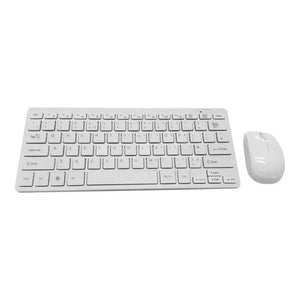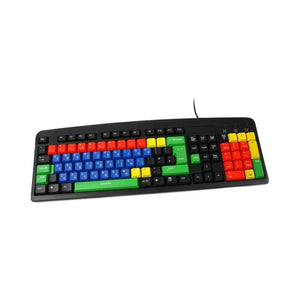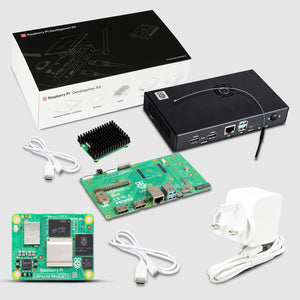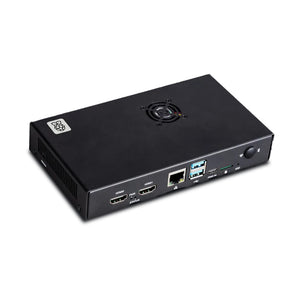Raspberry Pi Pico has become one of the most trending topics all around the world. The majority of tech-enthusiast, students, hobbyists are purchasing Raspberry Pi Pico to develop advanced products and gadgets to make the technological world better.

Abstract
A lot of people among the tech-community want to expand their creativity with the Raspberry Pi Pico and for that, they need peripheral add-on boards. SB Components built expansion boards to make the increment in the horizon of the users. In this blog, we will discuss in detail the specifications, working, and installation process of Raspberry Pi Pico Relay in a detailed manner.
Configuration
The research and development department of SB Components works brilliantly to enhance the efficiency of the users. Raspberry Pi Pico Relay Board is designed to control up to 4 appliances and loads up to 240V AC@ 7A, 30V DC@ 10A.It helps the users to control the high voltage/current devices that make their projects better.
Optocoupler
Raspberry Pi Pico Relay Board comes with an “Optocoupler” that allows the circuit to transmit an electrical signal between two isolated circuits through light energy. Optocoupler is used in this device to prevent the high voltages in one part of the circuit from affecting the other part of the circuit. Our team also used relay control jumpers in the Raspberry Pi Pico Relay Board that allow the user to control the relays by custom pins other than the default pins.
Specifications
- Channel - 4
- Operating Voltage - 5V
- Switching Voltage (VAC) - 240V@ 7A
- Switching Voltage (VDC) - 30V@ 10 A
- Indication LED’s for Relay output status.
- Dimensions - 58 x 21 mm
Features
- 4 High-quality Relay and loads up to 240V AC@ 7A, 30V DC@ 10A.
- Optocoupler (CTR: 50~600% at IF =5mA, VCE =5V)
- Standardized Board shape and design.
- Indication LED’s for Relay output status.
- Relay control jumpers allow the user to control the relays by custom pins other than the default pins.
- 40-Pin Stacking Header for Pico.
- 40 Pin External Male Headers for GPIO
Application
- Home Automation
- Industrial Automation
- Smart Appliances
- Automated Gardening
- Security System
Installation Process
Board Details :
- Relay's : Relay On = 1, Relay Off = 0 (OUTPUT)
Requirements
- Raspberry Pi Pico Relay Board
- Raspberry Pi Pico
- USB Cable
- Jumper Cables (optional)
Steps :
- Connect Raspberry Pi Pico on the female header of Pico Relay Board.
- Connect USB cable on Raspberry Pi Pico USB port.
- Make sure default jumpers are connected for each relay.
- Now use example code "Test.py" from pico relay board's github repository in any micropython supported ide (preferred thonny ide).
- Copy paste code inside and choose the interpreter as MicroPython (Raspberry Pi Pico).

- Click on green play button to run example on Pico Relay Board.
Note: You can use any other GPIO of Raspberry Pi Pico by removing default jumper and connection it to GPIO using jumper cables.








